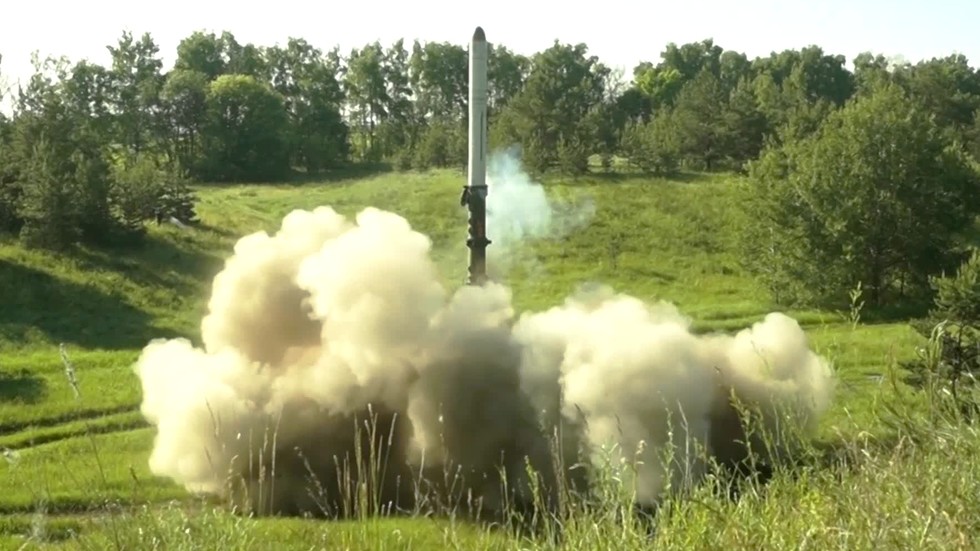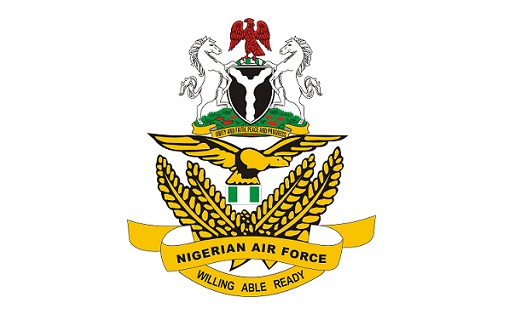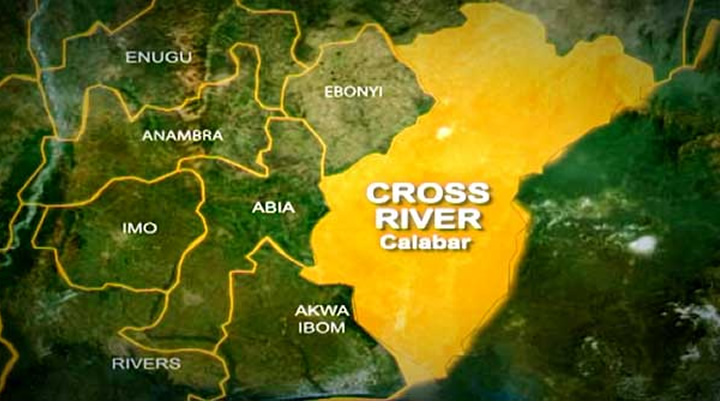Nassau's Hub of dashed dreams - Newsday
Browse a chronology of decades of failed Nassau Hub proposals here and tell us your vision for the future of the property here.
A year after President John F. Kennedy took office, Newsday founder Alicia Patterson requested a meeting with him to discuss the future of Mitchel Field. The recently shuttered Air Force base in Nassau County was expected to become a general aviation airport, but Patterson thought that plan was neither safe nor necessary.
Within days, Patterson was lunching with the president at the White House. The publisher made her pitch: Close the airport. Kennedy agreed on the spot, picked up the phone, and called his Federal Aviation Administration commissioner with the request.
Patterson’s effort opened up Mitchel Field to alternative development opportunities. Within a year, the land was turned over to Nassau County. Quickly, the exciting notion of a new, vibrant downtown on valuable land in the middle of a growing county took hold.
The anticipation came to a crescendo in May 1964, when President Lyndon B. Johnson arrived at Mitchel Field for the dedication of a planned culture center named to honor Kennedy, just months after his assassination.
“It was such an outstanding moment,” recalled former New York Chief Judge Sol Wachtler, who served on the North Hempstead Town Council at the time. “It was more than hope. It was a done deal in our minds. And then what happened? Nothing.”
For more than six decades, this magnificent gift from the federal government has sat, mostly vacant. Proposal after proposal for the property known as the Nassau Hub, now the county’s largest tract of land available for development, has come and gone. Year after year, state, county and town officials have struggled to take steps forward, only to take more steps back. Promise after promise became failure after failure.
Any small successes were short-lived. Early on, Nassau Coliseum played host to two professional sports teams — the New York Nets and the New York Islanders and in its glory days, was full of memorable moments on the court and on the ice. In the end, both departed, leaving the county with only a glimpse at what might have been.
Now, Nassau County, an aging, expensive suburb, needs a fresh vision and new economic activity. It’s time to try again. This time, with the knowledge of what failed and what should be done differently.
The Hub’s complexities and roadblocks have been numerous, and yet, consistent. Weak leadership. Inflexible developers. Legal wrangling. Problematic lease arrangements and troubling land deals. Concerns over transportation and parking. A lack of private financing, or insufficient federal or state funds for infrastructure and other needs. Endless battles over housing— and how much of it, or how little, belongs there.
And, always, there were the politics, conflicting interests and personality clashes.
As the Hub’s prospects rose and fell, the editorial board wrote hundreds of times, advocating for this long-promised center and its exciting possibilities.
Now we’re at yet another crossroads after the fizzled effort by Las Vegas Sands to build a casino at the site.
So, the land remains — empty.
Developer Scott Rechler puts it simply: “It has become a liability, not an asset, to the county,” said Rechler, who has tried to build there for two decades.
As of last month, there’s new zoning in place, and a thorough environmental review was completed. That’s a foundational step to think anew about those 72 acres of asphalt in Uniondale.
What we need now is vision, from our elected officials, from candidates running for local office, and from residents, who drive down Hempstead Turnpike past the empty parking lot and the often-vacant Nassau Coliseum, and dream of the dynamic downtown that was imagined in the 1960s finally coming to fruition. We need to answer the question: What do you want to see at the Nassau Hub?
We’ve seen such visions before, perhaps most memorably from the late Charles Wang, former owner of the Islanders, who unveiled the $3.8 billion Lighthouse Project in 2004 along with Rechler. It included a renovated Coliseum, a hotel, housing, and, originally, a 60-story lighthouse tower, all in one plan. Their proposal shifted, but never made it through the Hempstead Town land use gauntlet. After a failed public referendum to use taxpayer money for a new arena, multiple developers — on multiple occasions — have tried, with a variety of approaches. None saw success.
Too often, residents and local officials clamor about what they don’t want at the Hub. Now, we must start talking about what we do want.
Mitchel Field has seen only piecemeal progress for 65 years. Nassau Community College moved to a large swath of the land. Nassau Coliseum opened in the 1970s. The Long Island Marriott, the first incarnation of the Cradle of Aviation Museum, and some office space came in the early 1980s. And finally, in 2019, Memorial Sloan Kettering’s outpatient treatment center became the latest new facility on the land.
But none of that came close to the hope of establishing a destination that would draw residents and visitors alike, one with housing, entertainment, retail, restaurants, theaters, event space or research facilities.
Even in a sea of asphalt dotted with failures, that hope hasn’t died.
On March 24, 1977, in an editorial called “There’s Still Room for Vision at Mitchel Field,” the board wrote: “One of the quietest of all events is the passing of an opportunity.”
This time, we can’t let the opportunity pass.
are experienced journalists who offer reasoned opinions, based on facts, to encourage informed debate about the issues facing our community.
Members of the editorial board are experienced journalists who offer reasoned opinions, based on facts, to encourage informed debate about the issues facing our community.
Recommended Articles
Russia strikes drone-manufacturing sites in Ukraine - MOD - RT Russia & Former Soviet Union

A recruitment center and an airfield were also among the targets, the Defense Ministry in Moscow has said
Tinubu's N150billion Presidential Jet Returns To Abuja After Months Of Repair In South Africa | Sahara Reporters

Nigerian president, Bola Tinubu’s controversial N150billion presidential jet has landed back in Abuja after undergoing c...
Terrorism: Despite depleting bandits' commanders, Turji, others continue to stage attacks - Daily Trust

After different vows and promises by the military high command to bring the notorious bandits’ leader, Bello Turji to ju...
Insecurity: NAF to acquire 49 new aircraft - Daily Trust

Authorities of the Nigerian Air Force, on Wednesday, revealed that it is expecting at least 49 new aircraft before the e...
We need NAF to bolster economy, secure creeks - C/River govt - Daily Trust

The Deputy Governor of Cross River State, Dr Peter Odey, has stressed the importance of the Nigerian Air Force (NAF)’s ...
You may also like...
Diddy's Legal Troubles & Racketeering Trial

Music mogul Sean 'Diddy' Combs was acquitted of sex trafficking and racketeering charges but convicted on transportation...
Thomas Partey Faces Rape & Sexual Assault Charges

Former Arsenal midfielder Thomas Partey has been formally charged with multiple counts of rape and sexual assault by UK ...
Nigeria Universities Changes Admission Policies

JAMB has clarified its admission policies, rectifying a student's status, reiterating the necessity of its Central Admis...
Ghana's Economic Reforms & Gold Sector Initiatives

Ghana is undertaking a comprehensive economic overhaul with President John Dramani Mahama's 24-Hour Economy and Accelera...
WAFCON 2024 African Women's Football Tournament

The 2024 Women's Africa Cup of Nations opened with thrilling matches, seeing Nigeria's Super Falcons secure a dominant 3...
Emergence & Dynamics of Nigeria's ADC Coalition

A new opposition coalition, led by the African Democratic Congress (ADC), is emerging to challenge President Bola Ahmed ...
Demise of Olubadan of Ibadanland
Oba Owolabi Olakulehin, the 43rd Olubadan of Ibadanland, has died at 90, concluding a life of distinguished service in t...
Death of Nigerian Goalkeeping Legend Peter Rufai

Nigerian football mourns the death of legendary Super Eagles goalkeeper Peter Rufai, who passed away at 61. Known as 'Do...